Navigating the complexities of the hip arthrosis system can be a daunting task for many individuals seeking relief from hip pain and improved mobility. With a range of treatment options, surgical interventions, and lifestyle changes available, it is crucial to equip yourself with the right knowledge to make informed decisions. This essential guide aims to empower you by demystifying the hip arthrosis system, providing insights into various approaches and their implications. By understanding the intricacies of this condition, you can take proactive steps towards finding a solution that aligns with your personal health goals. Whether you are exploring non-invasive therapies or considering surgical alternatives, being well-informed will enable you to engage in meaningful discussions with healthcare professionals and ultimately enhance your quality of life. Join us as we embark on this journey towards clarity and confidence in addressing hip arthrosis.
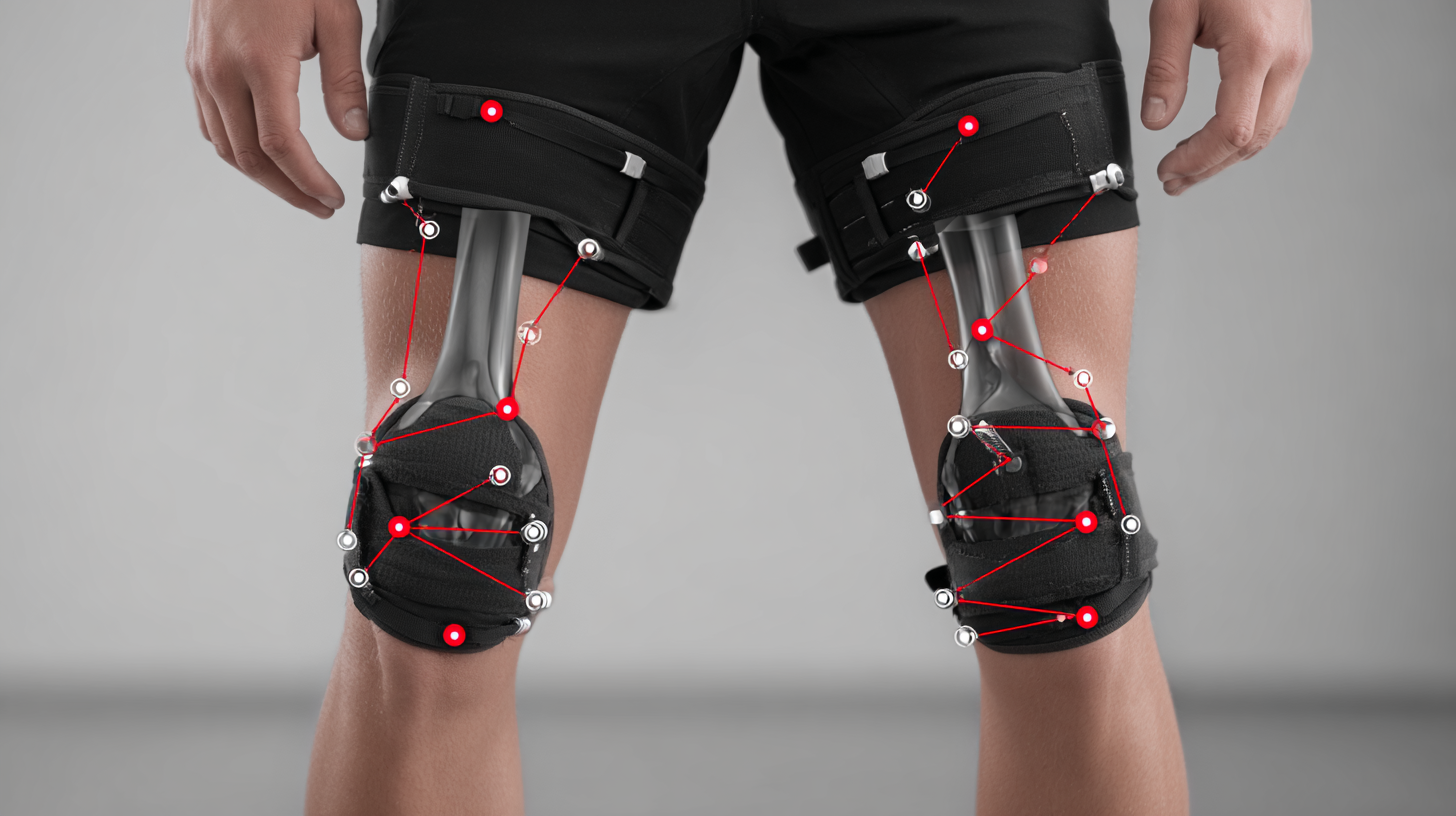
Hip arthrosis, also known as osteoarthritis of the hip, is a degenerative joint condition that affects millions of individuals worldwide. It is characterized by the deterioration of cartilage in the hip joint, leading to pain, stiffness, and decreased mobility. As cartilage wears away, bones may begin to rub against each other, causing discomfort and inflammation. Understanding the prevalence of this condition is essential for early diagnosis and management, as it tends to affect older adults and can result from both age-related wear and previous injuries.
Symptoms of hip arthrosis can vary greatly among individuals but typically include persistent hip pain, difficulty in performing daily activities, and a noticeable reduction in range of motion. Patients often report discomfort during physical activities or after prolonged periods of rest. Recognizing these symptoms is crucial, as timely intervention can help mitigate pain and maintain function. If you experience any signs of hip arthrosis, consulting a healthcare professional can lead to an appropriate treatment plan, including lifestyle modifications, physical therapy, or potential surgical options, ultimately improving your quality of life.
Diagnostic imaging plays a pivotal role in the assessment of hip arthrosis, a degenerative joint disease affecting millions worldwide. According to the American Academy of Orthopaedic Surgeons (AAOS), hip arthrosis prevalence increases significantly with age, affecting approximately 33% of individuals over 65. Early and accurate diagnosis is crucial for effective management, and imaging techniques such as X-rays, MRI, and CT scans are invaluable tools in this process. X-rays remain the first-line imaging modality, providing clear insights into bone structure and joint space narrowing, which are hallmarks of arthrosis.
Advanced imaging techniques, like MRI, allow for a more comprehensive evaluation of soft tissue changes, bone marrow edema, and cartilage deterioration. A recent study published in the Journal of Bone and Joint Surgery indicated that MRI can detect changes in cartilage that X-rays may miss, highlighting its importance in early diagnosis. The integration of diagnostic imaging not only aids in confirming the diagnosis but also helps clinicians formulate a personalized treatment plan, enhancing patient outcomes in the journey of managing hip arthrosis.
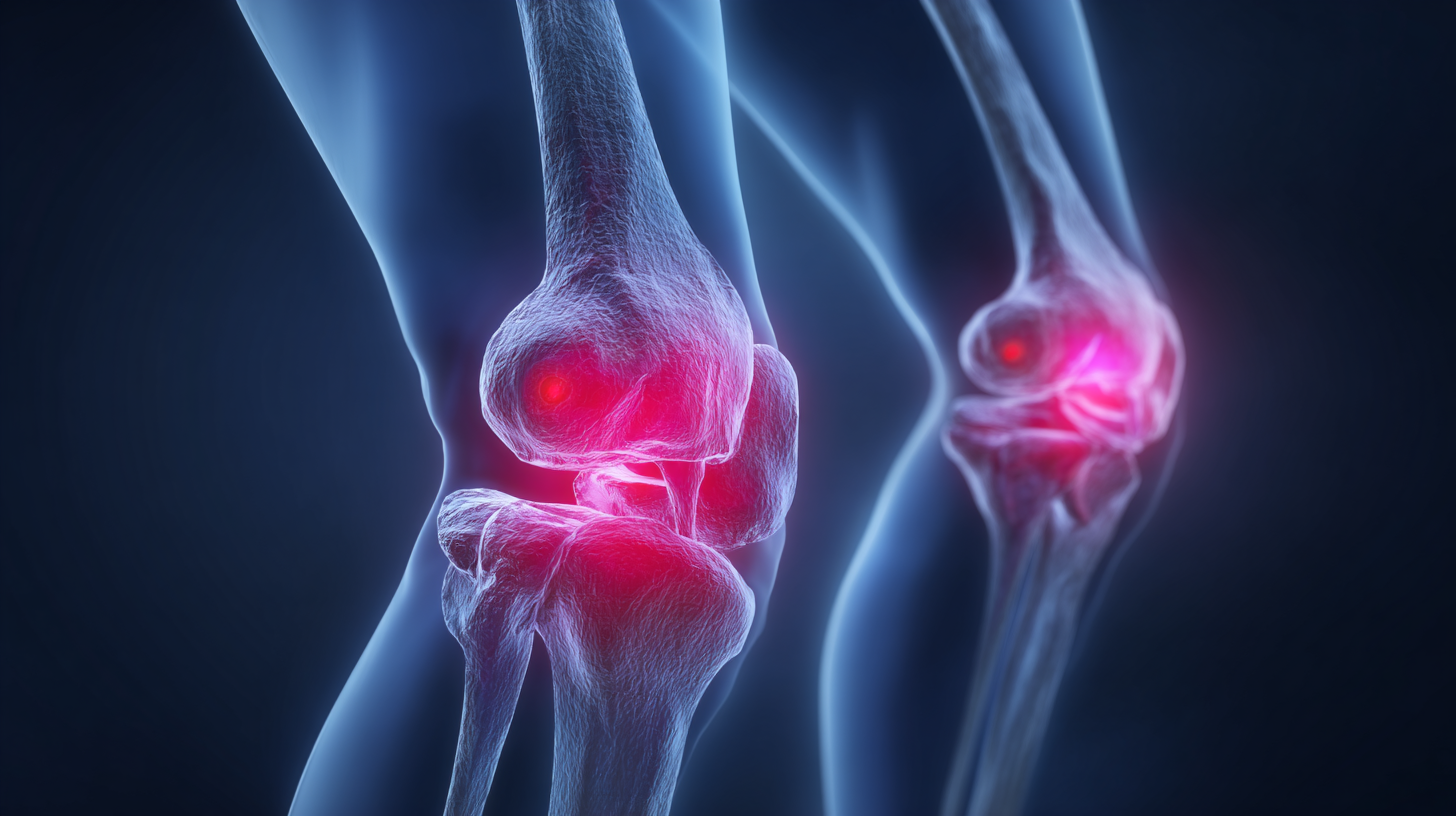
Navigating the treatment options for hip arthrosis can be challenging, especially when deciding between non-surgical and surgical interventions. Non-surgical approaches often serve as the first line of defense and include physical therapy, weight management, and anti-inflammatory medications. These methods aim to alleviate pain, improve mobility, and enhance overall joint function. Moreover, lifestyle modifications and the use of assistive devices can significantly reduce stress on the hip joint, providing patients with relief while minimizing the risks associated with surgical procedures.
In cases where conservative treatments fail to provide adequate relief, surgical options become essential. These may range from arthroscopy, which addresses specific joint issues, to hip replacement surgeries that can significantly enhance quality of life. Surgical interventions are typically considered when patients experience severe pain that hinders daily activities or when there is considerable joint damage visible on imaging. Understanding the risks and benefits of each option is crucial, as is collaborating with healthcare professionals to personalize the treatment plan. By becoming informed about these choices, patients can make decisions that align with their health goals and lifestyle needs.
| Treatment Option | Type | Efficacy | Recovery Time | Risks/Side Effects |
|---|---|---|---|---|
| Physical Therapy | Non-Surgical | Moderate | Varies (Weeks to Months) | Minimal |
| NSAIDs | Non-Surgical | High | Immediate | Gastrointestinal Issues |
| Corticosteroid Injections | Non-Surgical | High | Days to Weeks | Infection, Flare Up |
| Hip Resurfacing | Surgical | High | 6 - 12 Weeks | Blood Clots, Infection |
| Total Hip Replacement | Surgical | Very High | 3 - 6 Months | Dislocation, Fracture |
Hip arthrosis, commonly known as osteoarthritis of the hip, significantly impacts mobility and quality of life for millions worldwide. Evidence-based rehabilitation strategies are pivotal in managing this condition, offering a proactive approach for both patients and healthcare providers. According to the American Academy of Orthopaedic Surgeons, approximately 27 million adults in the United States suffer from osteoarthritis, with hip arthrosis affecting a considerable fraction. Research indicates that structured rehabilitation programs, including physical therapy and exercise, can reduce pain and improve function by up to 40%, demonstrating the efficacy of non-surgical interventions.
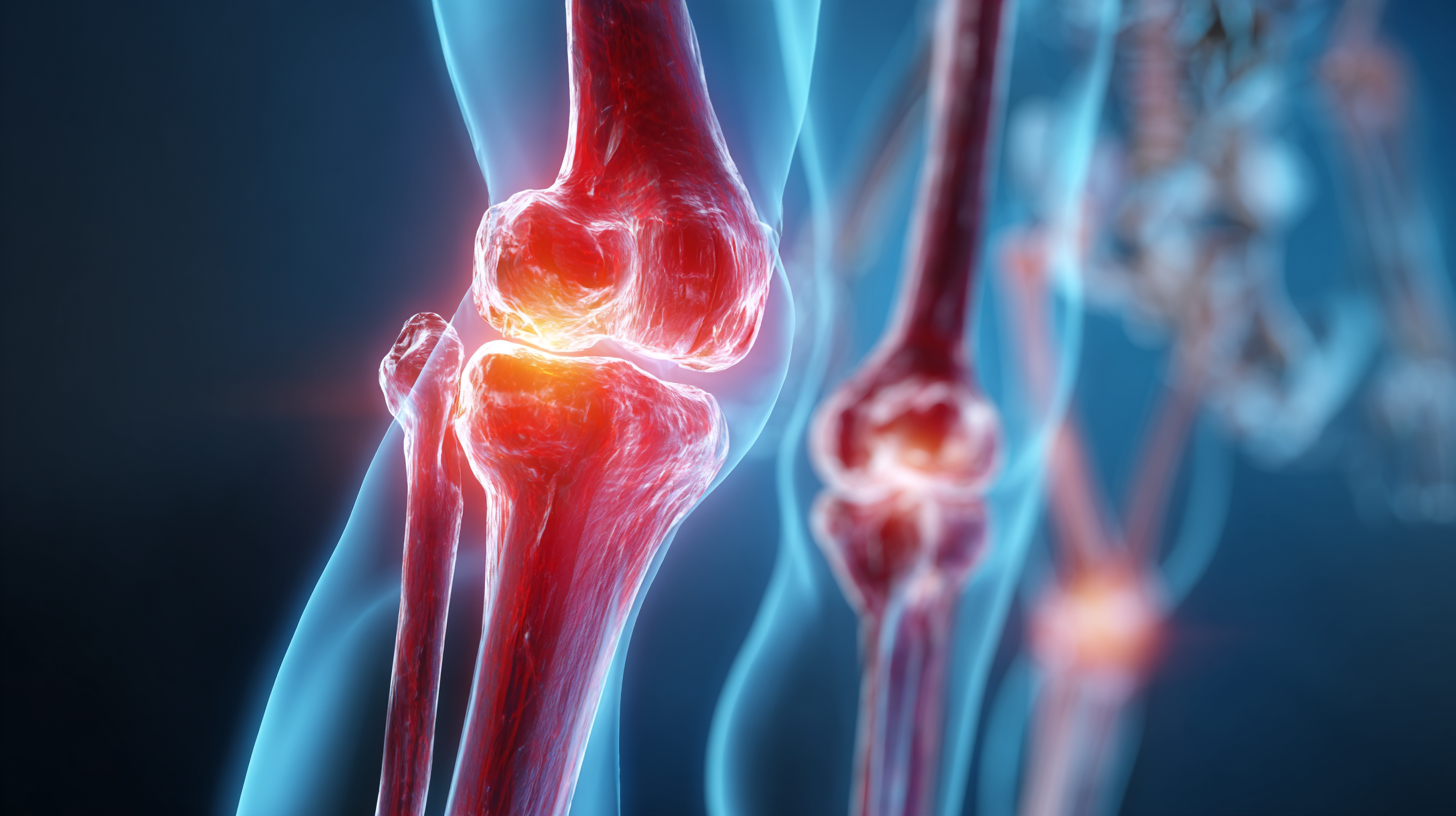
Incorporating evidence-based practices into rehabilitation can lead to better outcomes for individuals with hip arthrosis. Studies published in the Journal of Orthopaedic & Sports Physical Therapy highlight the importance of tailored exercise regimens that address strength, flexibility, and balance. For instance, a meta-analysis found that low-impact aerobic exercises, like swimming or cycling, can significantly alleviate symptoms and enhance joint health. Furthermore, educational components within rehabilitation programs equip patients with the knowledge to make informed decisions regarding their treatment, ultimately fostering a sense of empowerment against the challenges posed by hip arthrosis.
Navigating the complexities of hip arthrosis, particularly regarding long-term outcomes and quality of life, demands a comprehensive understanding of the various factors impacting recovery. A recent study highlights the significance of prehabilitation for older patients awaiting total hip replacement, revealing that a structured exercise program prior to surgery can enhance postoperative results. This proactive approach not only aids in rehabilitation but also fosters better long-term quality of life outcomes, as patients are better prepared both physically and mentally.
When considering surgery, it's crucial to evaluate the hospital setting as well. Research indicates that the quality of life differences post-hip replacement can vary significantly between public and private hospitals, depending on patient demographics and surgical metrics. Therefore, choosing the right facility should be a priority for those facing hip arthrosis.
Tips:
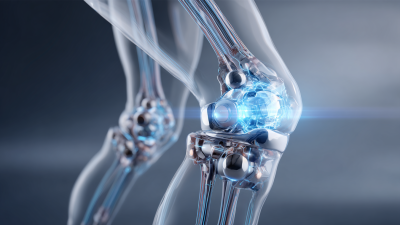
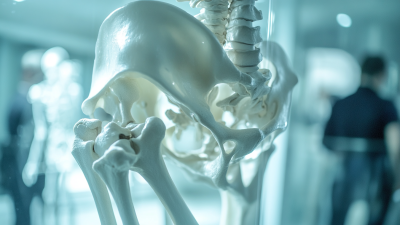
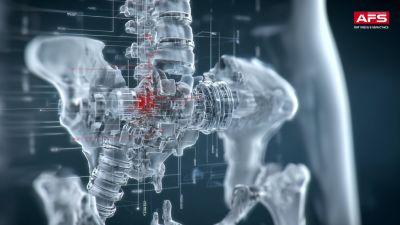



*The content on this website is for general informational purposes only and should not be taken as medical advice. Please contact your physician or therapist to learn what therapy solution is suitable for your specific needs. Not all products, features, or indications shown are approved in all countries.